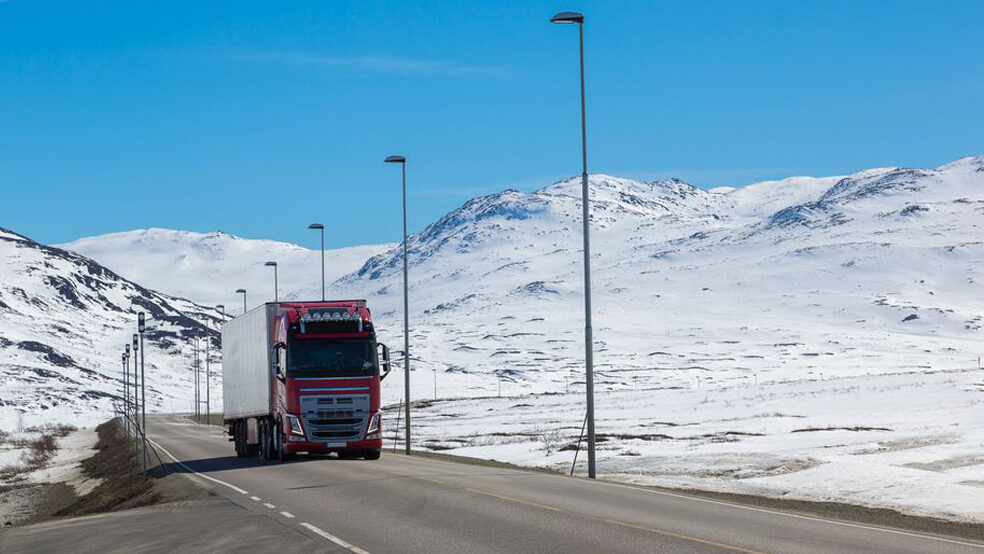– We hope the transport agencies are fully focused on how Norway can ensure a rapid transition to emission-free commercial vehicles. The car fleet will meet its climate obligations in 2030, but vans and lorries lag far behind. The market cannot solve this challenge alone. We at BIL are more concerned that concrete measures are put in place, than that the target figures are tightened, says Andreas Handeland at BIL.
The government has announced that the new National Transport Plan (NTP) 2025-36 will be presented on 22 March. In terms of NTP, the target figures for zero emissions are set to:
New passenger cars and light vans must be zero-emission by 2025
New city buses must be zero-emission vehicles or use biogas in 2025
By 2030, new heavier vans, 75 percent of new long-distance buses and 50 percent of new trucks must be zero-emission vehicles
– It does not help to set ambitious target figures in the new NTP, if this is not followed up by concrete measures. The sale of new passenger cars will be virtually emission-free as early as 2025, because the state has followed up with strong incentives in the form of VAT and tax exemptions, as well as reduced tolls, cheaper parking and access to public transport. The forecasts indicate that approximately 60 percent of the passenger car fleet will be emission-free in 2030. Climate cure believes that emissions from passenger cars will be 75 per cent lower in 2030 than they were in 1990, says Handeland.
Only one in three is emission-free
Figures from OFV show that only 31 per cent of commercial vehicles sold new in 2023 were emission-free, and that despite ambitious targets, the light vans are actually lagging behind the heavy ones.
– This shows how crucial the right incentives are to speed up sales. Electric vans are heavy and therefore have a lower payload than diesel vehicles, in addition to costing more to produce. Without the help of incentives, it will then be difficult to achieve the objectives, says Handeland.
The National Association of Car Transporters (BIL) therefore hopes that the transport authorities, in their work on the new NTP, have looked thoroughly at how sensible incentives can be used for commercial vehicles. Today’s ENOVA support does not work as intended, according to them a report from the National Audit Office. The new support model for heavy zero-emission vehicles ranks the applications according to how much CO2 is reduced per support kroner, and sets up competition for the funds. According to the industry, this gives companies too little predictability in costly purchasing decisions. The result may be that the transition to zero-emission technology does not proceed quickly enough.
Calls for a comprehensive package of measures
BIL believes that major emission cuts from commercial traffic can be achieved long before 2030 through a comprehensive package of measures with purchase and use incentives. Furthermore, the government’s charging strategy must be specified. If the climate targets are to be achieved, forced electrification of trucks is absolutely essential. An infrastructure investment is then needed, which is developed in close collaboration with the industry, so that the location of the charging points is adapted to driving patterns, seasons and driving and rest time regulations.
According to the government’s green book is this status at the entrance to 2024:
9 out of 10 new passenger cars are zero-emission
3 out of 10 new, light vans are zero emissions
4 out of 10 new, heavy vans are zero-emission
9 out of 10 new city buses are zero-emission
3 out of 10 long-distance buses are zero-emission
1 in 10 new trucks are zero-emission
– We really hope that the new NTP will be a real turning point for the green shift in heavy traffic, but we feel far from certain about exactly that. It will be very exciting to see when the plan is presented on 22 March, concludes Handeland.

